Slobot About Town CXXIV:
 |
 |
The Flight of Jefferson Davis, pt. 02!
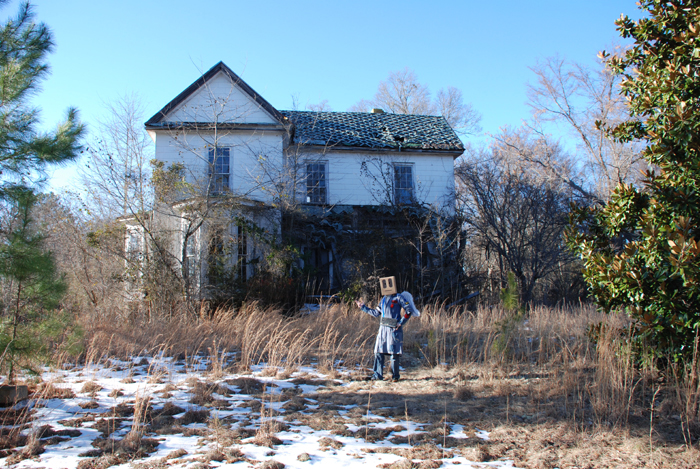
Jefferson Davis and his cronies were on the run.
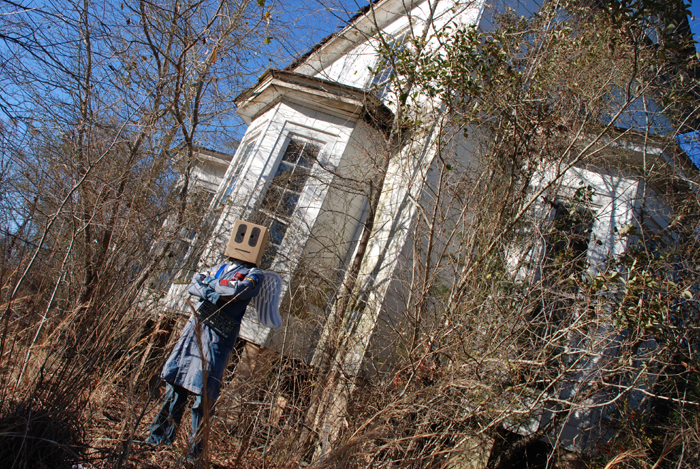
Richmond had fallen and the erstwhile President of the Confederacy was a wanted man.
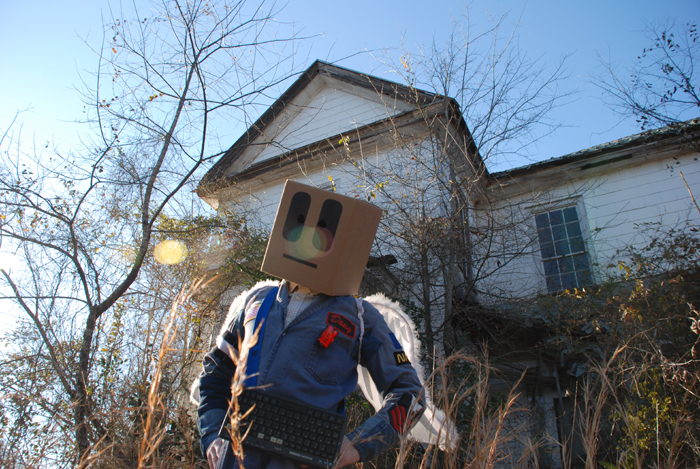
Davis and company left the Cross Keys House in Union County on April 30, 1865.
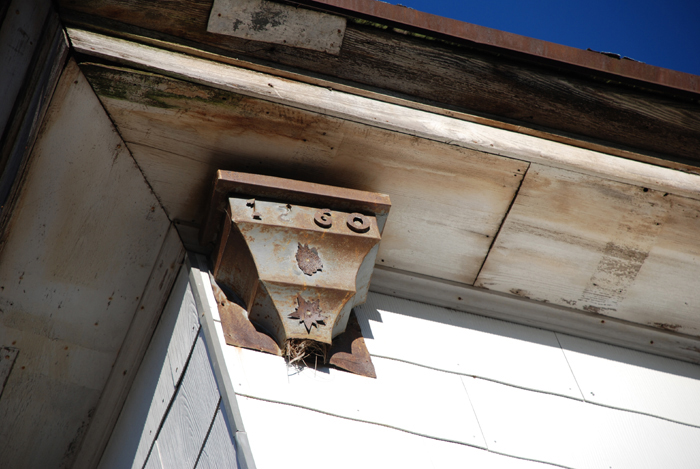
They spent that night at the home of Lafayette Young in Laurens County.
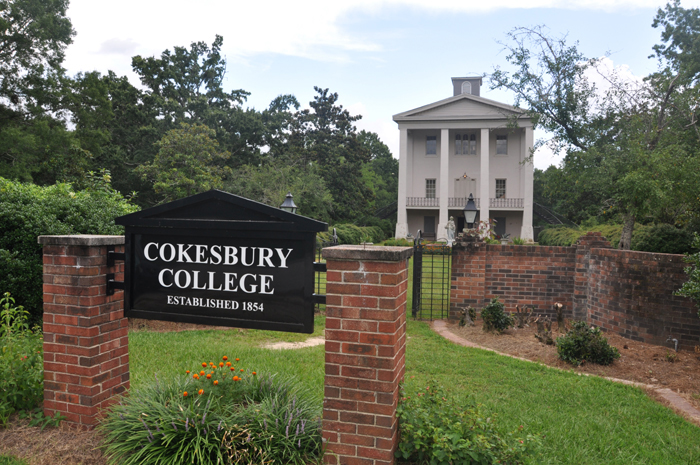
It was now May, and the Davis party made its way from Lafayette Young's house to Cokesbury in Greenwood County. |

Cokesbury is one of South Carolina's oldest planned communities, originally outlined in 1824. |
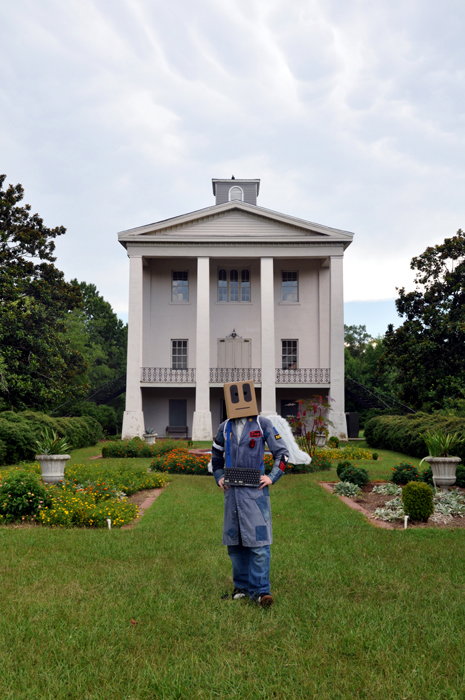
| Pictured here is the community's school building, known today as the Masonic Female College and Cokesbury Conference School. |
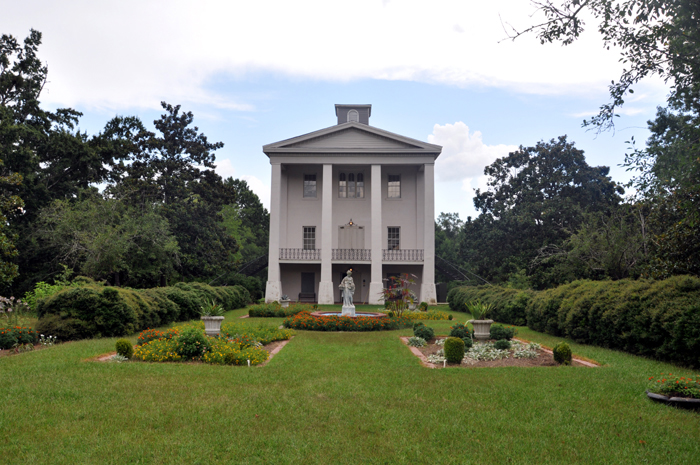
The community around the school was originally named Mount Ariel but, in 1834, its name was changed to Cokesbury in honor of Thomas Coke and Francis Asbury, the first two Methodist bishops in the United States. |
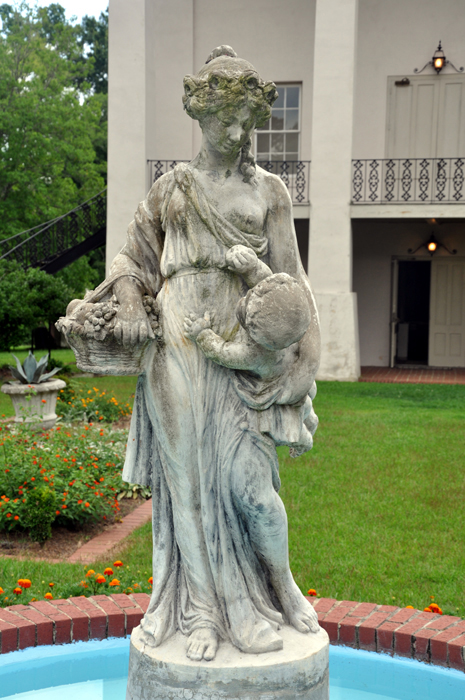
On March 1, 1836 Cokesbury opened the Dougherty Manual Labor School, the first of many schools in the community. |
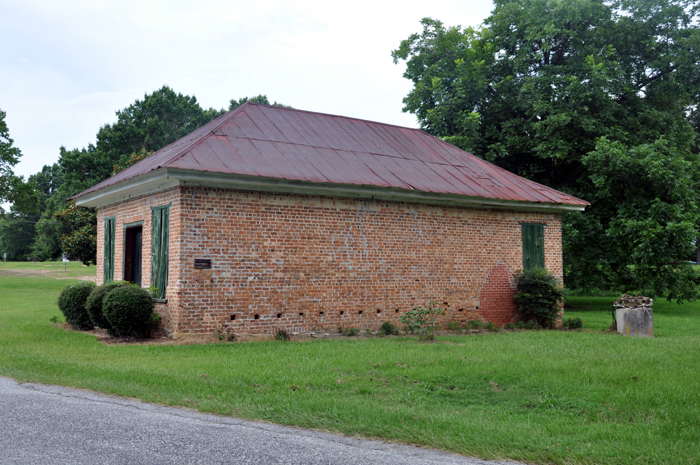
In 1853 the Dougherty school closed and was replaced by the new Masonic Female College of South Carolina. |

The Masonic Female College of South Carolina building was completed in 1854 as were other buildings, like this former store. |
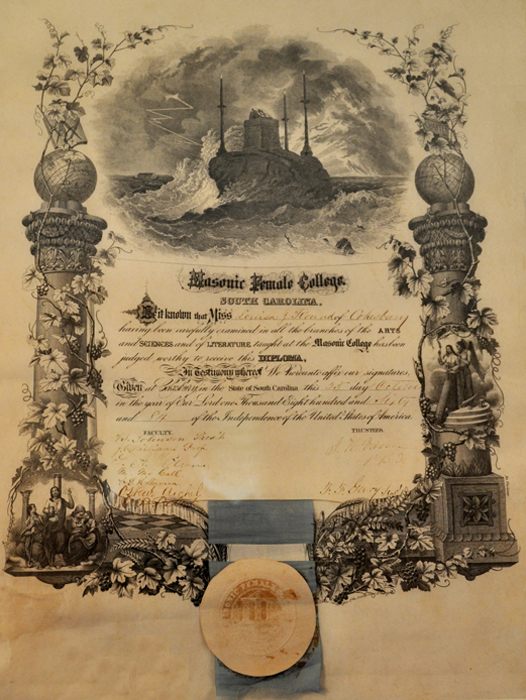
| The Masonic Female College of South Carolina would operate until 1874. Pictured here is a diploma from that institution. |
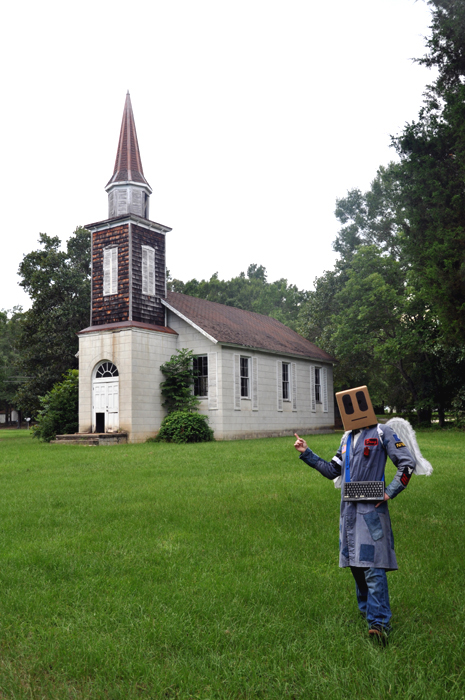
Cokesbury was, like its namesakes, decidedly Methodist. Their Methodist church was dubbed Mt. Ariel and its steeple still towers over the abandoned settlement. |
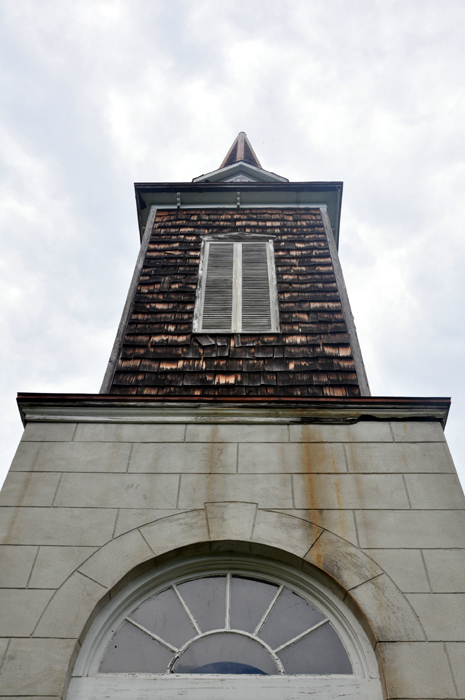
In 1876 the Masonic Female College of South Carolina changed directions and became known as the Cokesbury Conference School, a school for boys. |
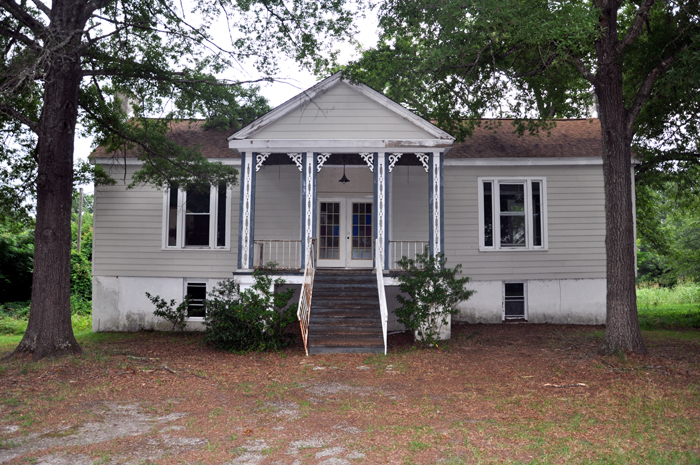
In 1882 the Cokesbury Conference School become coeducational and would remain so until 1918. |
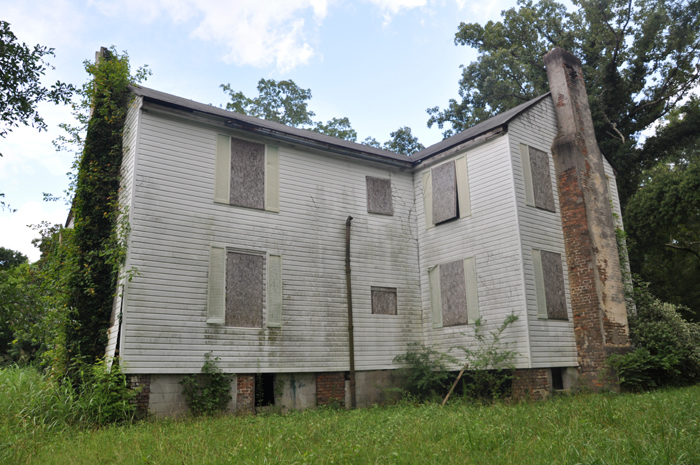
In that year the former Cokesbury Conference School became a public school. |
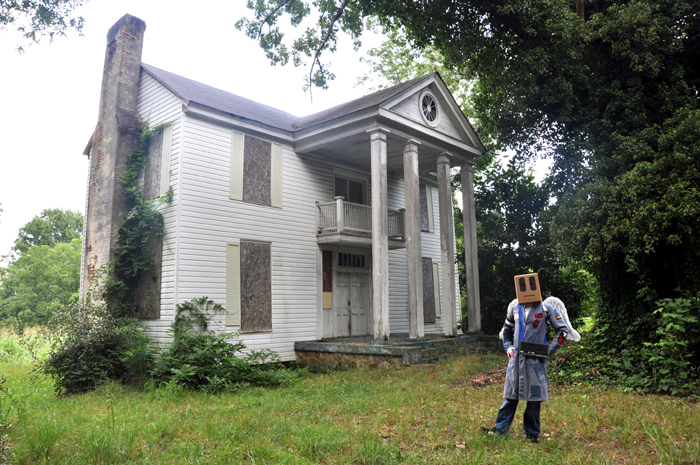
The school closed for good in 1954 and today belongs to the South Carolina Annual Conference of the United Methodist Church. |
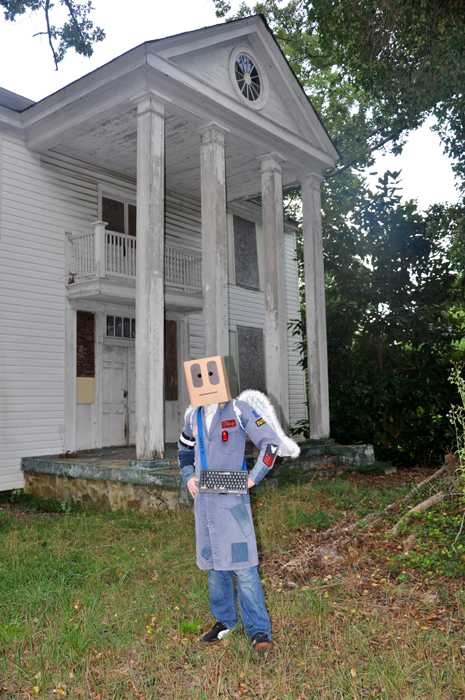
Jefferson Davis had come to spend the night in Cokesbury because Confederate General Martin Witherspoon Gary was born and raised in Cokesbury. |
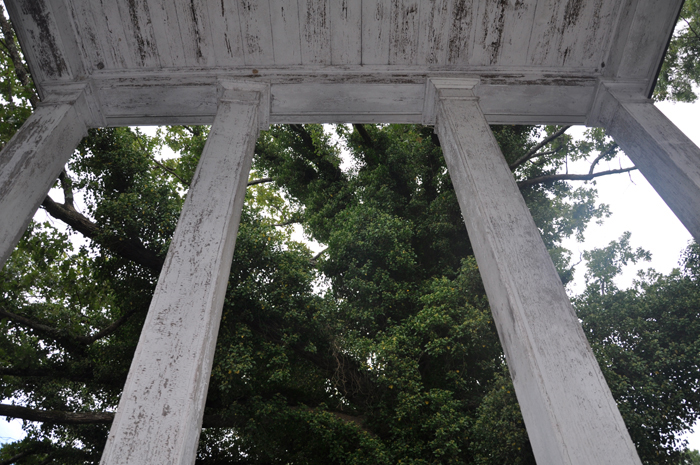
Davis would spend the night at Gary's mother's house in Cokesbury.
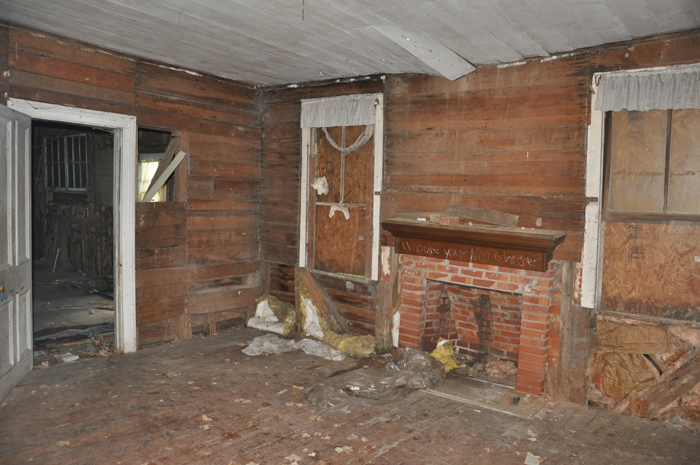
It is thought that General Gary stayed in Cokesbury rather than continue on with Davis and his cavalcade.

Having spent the night at Cokesbury, Davis and his retinue headed to Abbeville, SC.
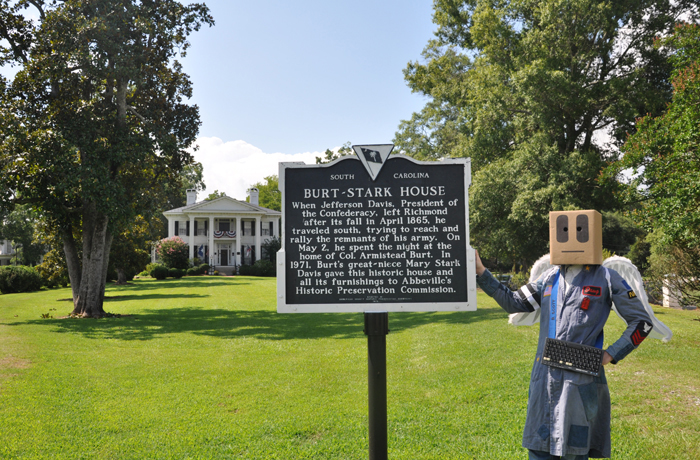
Davis, et al spent the night of May 2, 1865 at the Burt-Stark House.
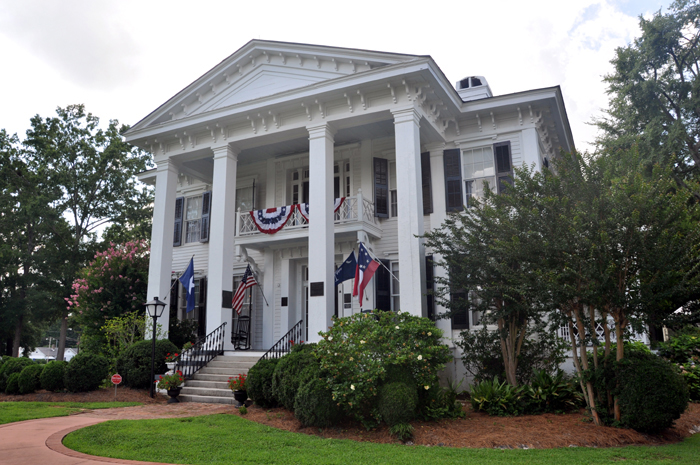
At the Burt-Stark House Davis held the final Confederate Council of War. Abbeville is, because of this meeting, sometimes referred to as the "Grave of the Confederacy." |
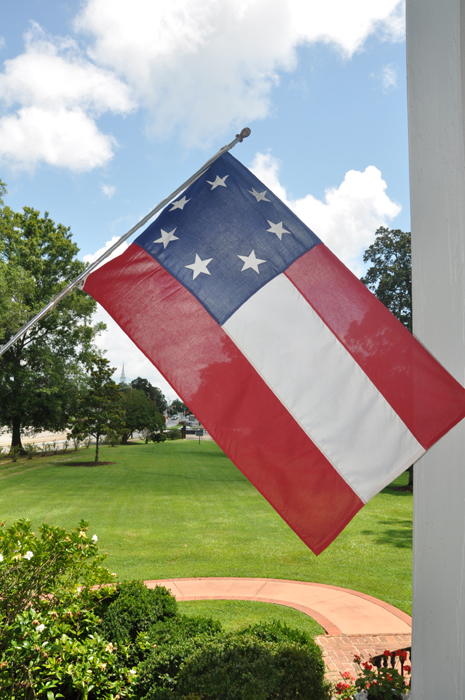
The Burt-Stark house was designed and built by David Lesley ~1830. After Lesley's death in 1855 the house was purchased by Pastor Thomas A. Hoyt. |
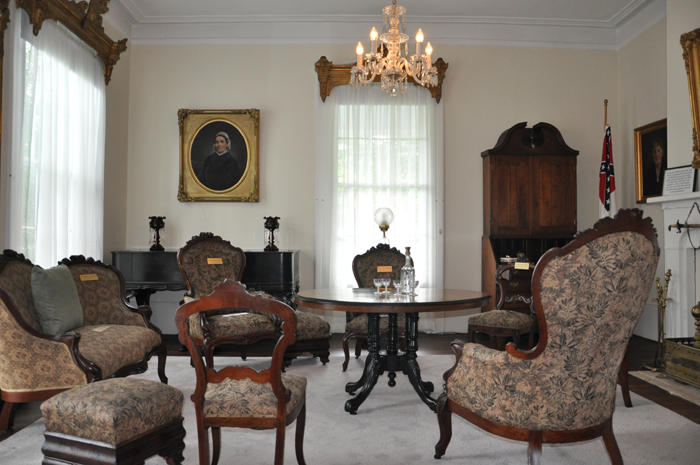
Hoyt sold the home to banker Andrew Simonds in 1860. In 1862 it was sold to Armistead Burt. After the Civil War the house was sold to James R. Norwood, whose widow and daughter lived in the house after his death. In 1900 J. S. Stark purchased the house. Stark restored the home and its grounds and passed it on to his daughter, Mary Stark Davis. Mary Stark Davis agreed in 1971 to donate the home to the Abbeville County Historic Preservation Commission. |

Jefferson Davis and company decided to spend the night at the home because the then owner was Col. Armistead Burt, a close friend of Jefferson Davis. At 4:30 on the afternoon of May 2, 1865 Davis would convene the final Council of War. Present were President Jefferson Davis, Secretary of State Judah Philip Benjamin, Secretary of War Gen. John Cabell Breckinridge, Secretary of the Navy Stephen Russell Mallory, Postmaster General John Henninger Reagan, Gen. Braxton Bragg, Brig. General Samuel Wragg Ferguson, General George Gibbs Dibrell, Brig. General Basil Wilson Duke, Col. William Campbell Preston Breckinridge and General John C. Vaughn. |
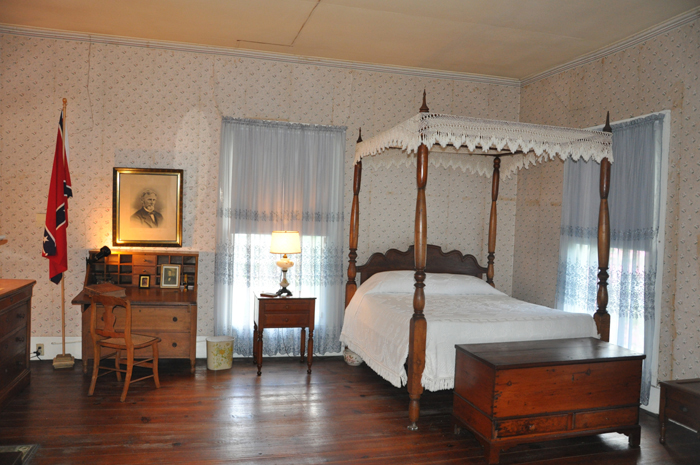
They agreed that the cause was over and that Davis' only hope was to flee west and try to elude Union troops. Davis felt faint upon the realization that the Confederacy was over; he had to rest upon this bed inside the Burt-Stark House. |
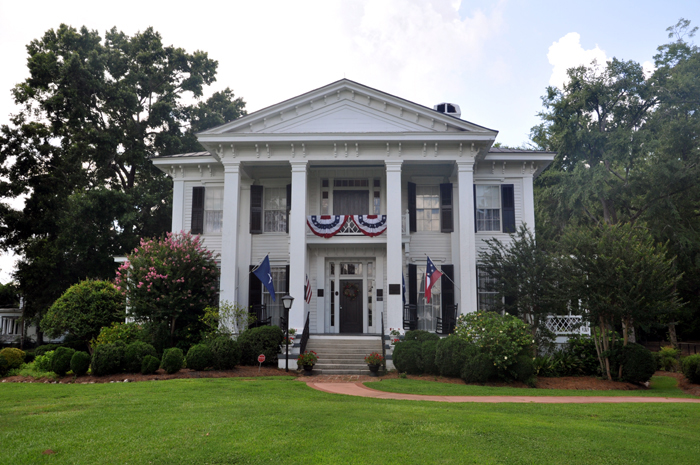
On May 03, 1865 Davis and his retinue would leave the Burt-Stark House and cross the Savannah River into Georgia. Davis would meet with his Confederate Cabinet for the last time on May 05, 1865 in Washington, Georgia. The government was officially dissolved and, on May 10, 1865, Davis and his wife were captured in Irwinville, Georgia. Davis died on December 06, 1889 in New Orleans, Louisiana. Today he rests in peace in Richmond, Virginia. His grave marker does not mention his tenure as President of the Confederate States of America. On October 17, 1978 President Jimmy Carter signed a joint resolution of Congress and, in doing so, restored Davis' US citizenship. Slobot would like to thank the Abbeville County Historic Preservation Commission, the South Carolina Annual Conference of the United Methodist Church, the Union County Historical Society and YOU! |
